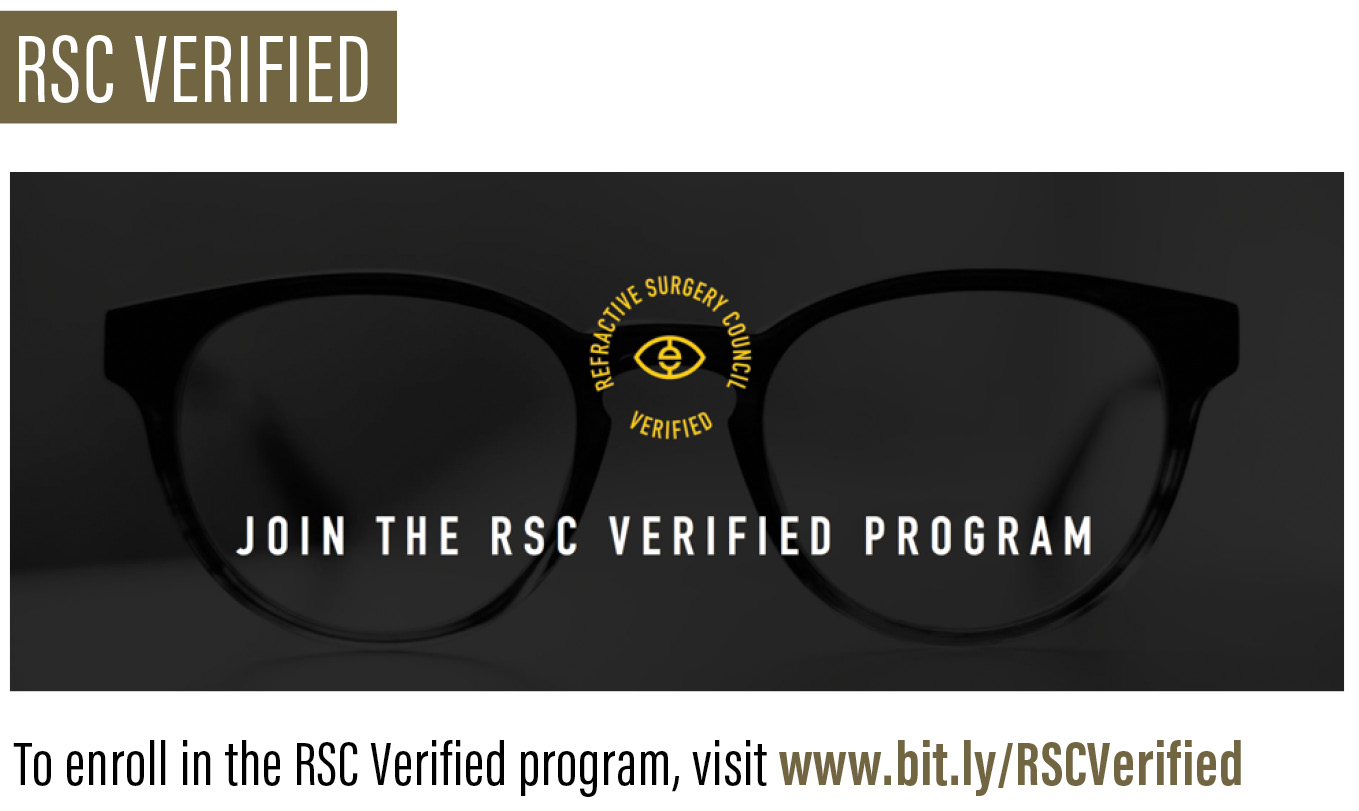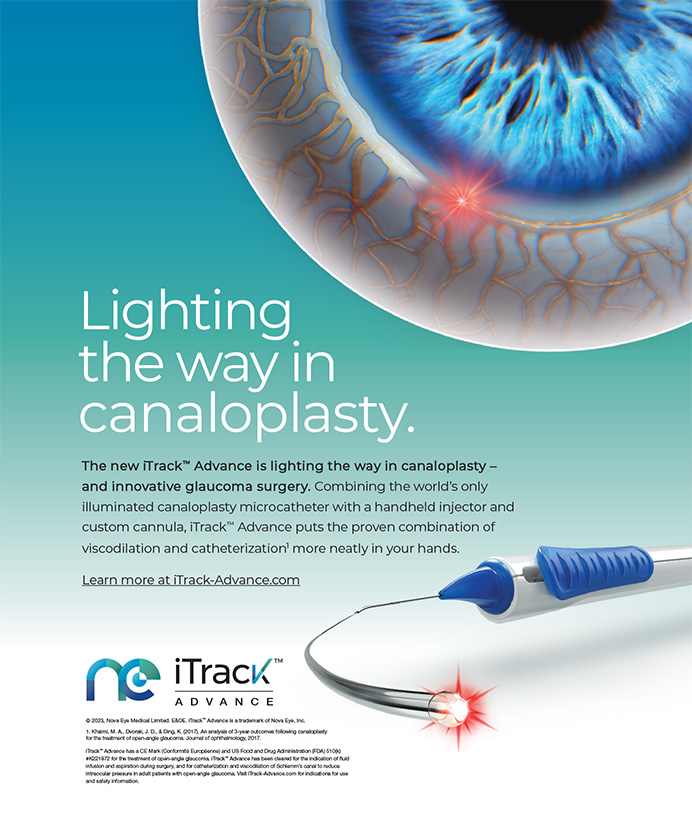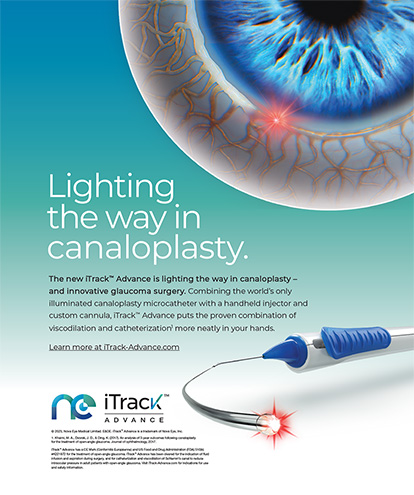Turning on the news, doing a search online, or reading a newspaper these days makes you wonder if there is anything even close to the truth about LASIK out there for the interested public to learn from. Refractive surgeons know that a news story today about LASIK isn’t likely to be a glowing review.
Why is that? Well, despite the tremendous amount of research and innovation that has gone into today’s LASIK procedure, in the current media environment there is not enough new about LASIK to attract attention from news content producers. And, frankly, reporting standards have changed over the years, both in content and format. The pace is frenetic, and the time and space for news feature stories is extremely limited.
Consequently, the stories that do make it into the paper or online or on the airwaves tend to have a sensational, often sympathetic character-driven angle: the rare unfortunate patient presenting the atypical experience. Anything else requires too much time, effort, knowledge, and ability to accurately distill the sophistication and science that goes into LASIK in terms the general population will understand and find interesting.
Therein lies the problem.
Media reports that overstate or inflate rare complications from laser vision correction have staying power and are often influential. For more than a decade, the Refractive Surgery Council (RSC) has worked to achieve balance by insisting that reports consider the vast clinical evidence supporting the safety and efficacy of LASIK. From this experience, we know how these stories develop and what potential impact they can have on the mindset of the general public.

STRIKING BACK: NOT SUCH A GOOD IDEA
Clinical experience shows that a well-informed patient is likely to be a more satisfied patient. We also know that purchase decisions are likely to be influenced by information independently obtained (ie, news media reports or online searches). As a LASIK provider, therefore, you may find it frustrating when the information that is readily available to the public is not just inaccurately educating the public, but rather is actively misinforming the public and likely dissuading potential patients from the procedure.
It is, therefore, natural to want to strike back and to make a proactive effort to right the wrong. You want to respond by calling that reporter or producer and maybe a few others, sharing a link to the story among colleagues and criticizing its content, or writing a letter to the editor. However, this is one instance where fighting fire with fire isn’t a good idea. Once a story is published or aired, it will have a presence online for the foreseeable (and perhaps unforeseeable) future. Posting about, commenting on, or otherwise sharing that story only serves to give it more attention, staying power, and, perhaps, interest and validation than it deserves.
Generating additional stories in the wake of a negative story only prolongs the news cycle and, again, increases the influence of the original story. In other words, it is counterproductive to engage in a negative news cycle. We should, instead, try to limit a story’s influence and disrupt or shorten the news cycle. But how?
EDUCATING PATIENTS: THE BETTER STRATEGY
In our experience, it is better to take an entirely different approach, focused specifically on one goal: educating patients and prospective patients with high-quality, evidence-based information about vision correction options. Our advice is to focus on providing patients with the best information possible.
News stories, regardless of bias, tend to pique interest, and negative stories may embolden patients to come in with hard questions—ones they would otherwise not think of or be embarrassed to ask. You should not view this as a negative; rather, it provides the potential for a thoughtful conversation resulting in a more informed prospective patient. If a negative story is the catalyst for a well-informed patient making a solid, confident decision about LASIK with a higher likelihood of achieving a satisfactory outcome, that is a positive result.
One-on-one conversations in the examination room are valuable. But another way to increase the accuracy and shift the balance of information available to people looking into LASIK and other vision correction options is to use social media and online channels for patient education. If you are using your social media channels exclusively for marketing purposes, you aren’t fully leveraging their potential. The online world—as largely defined by Google and the most influential social platforms (Facebook, Twitter, and Instagram)—values and rewards good content. Patient education information is an excellent foundation for good content.
ONE SOURCE FOR EDUCATIONAL MATERIAL
The RSC’s Insight Blog (www.americanrefractivesurgerycouncil.org/blog) houses a growing library of patient education material we have developed over the past 5 years to counter misinformation and insert accuracy into the information landscape about LASIK and other laser vision correction procedures. All content is generated based on the questions, comments, and concerns voiced by consumers online. This approach is facilitated by a proprietary listening algorithm that pulls from multiple sources of data to give our content developers real-time access to the topics and trends related to vision correction and LASIK that consumers authentically care about. The resulting content is then reviewed by experts among the RSC membership to ensure its clinical accuracy.
THE NEXT LEVEL
The RSC now offers a content program for surgeons, called RSC Verified. Any refractive surgical practice that enrolls in the RSC Verified program (www.bit.ly/RSCVerified) can then provide the public with consistently accurate, relevant, valuable information about LASIK.
In addition to receiving access to the verified content, which is identified by an RSC Verified seal, practices participating in the RSC Verified program will also be included in a wider RSC program that includes consumer-facing campaigns.
A UNIFIED FRONT
It can be difficult, in the face of negative news, to stay focused on the goal of educating patients, rather than springing into reaction. Responding to a negative news story often gives it credibility and momentum and, ultimately, increases its long-term impact. By staying focused and being part of a unified front, we do patients and prospects the most good by limiting their exposure to biased, clinically inaccurate information and unsubstantiated claims.




